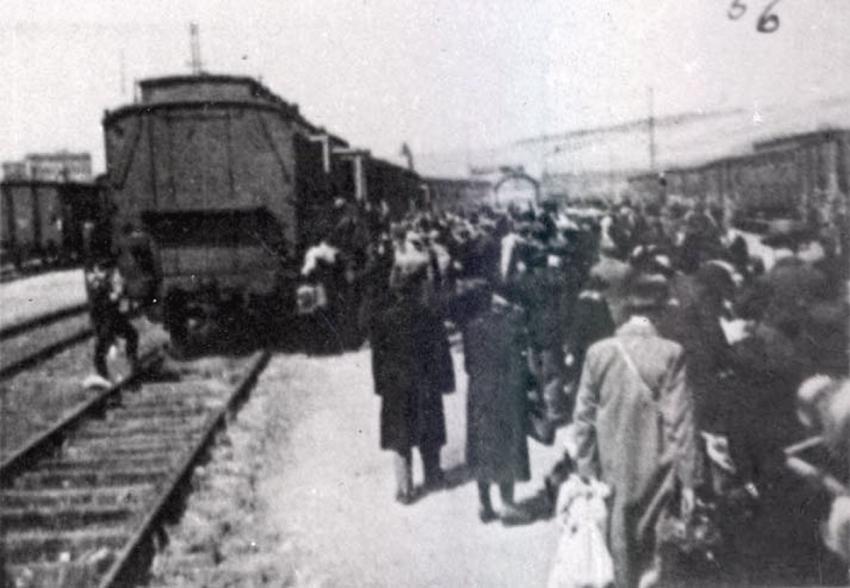During the Nazi regime there were approximately 2,000 Jews in Wuerzburg, located in the state of Bavaria, Germany, who were only about 2% of the city’s population. Around two-thirds of the city’s Jews worked in trade, and they supported developing Jewish communities throughout the district. They provided for numerous charity organizations, and the Zionist movements, including the youth movements, were very active in the city.
From the beginning of the Nazi regime the city’s Jews were attacked, suffering both bodily damage and losses to their property. On Kristallnacht, in November 1938, the Jews of the city received a harsh blow, when about three hundred were sent to concentration camps. Around 1,400 Jewish refugees, who had either fled or had been deported, trickled into the city from other locations in Germany.
In preparation for the execution of the “Final Solution”, the Jews from the surrounding environs were deported to Wuerzburg. On the 26th of November and in December, the first deportations of Wuerzburg’s Jews occurred. Approximately 1,200 Jews in Wuerzburg were deported to a camp in Nuremberg-Langwasser, from where they were deported to Riga, Latvia. Throughout the following year almost all of the remaining Jews in Wuerzburg were deported to the Lublin district in Poland and to Theresienstadt. In June 1943 64 of the remaining Jews in the city were deported. Seven were deported to Theresienstadt and the rest were sent to Auschwitz. After these deportations there were only 29 Jews left in the city. These Jews were protected from deportation because they were married to Aryans.
From a collection of 1,200 folders and an album of 128 photos that document the deportation of Jews from Wuerzburg and Kitzingen. The prosecution staff at the Nuremberg trials discovered the collection, and the folders were used in numerous trials of war criminals.
Yad Vashem Photo Archives FA53/56







